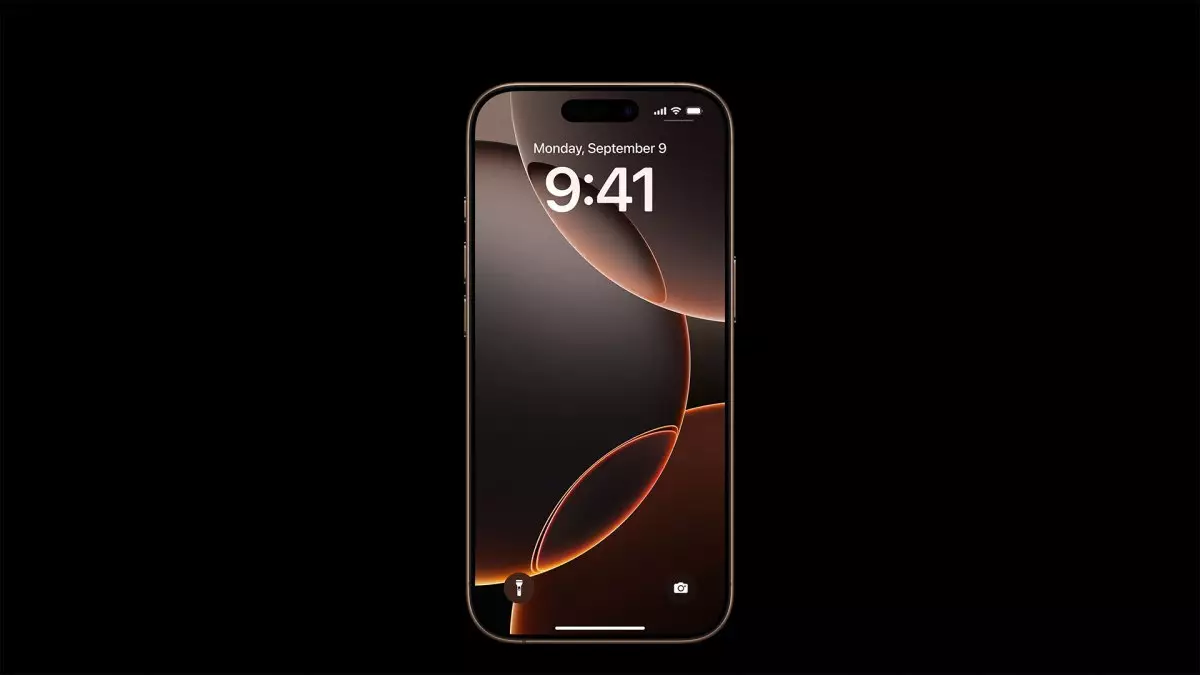The anticipation surrounding newly released iPhones is often palpable, with consumers eagerly awaiting innovations that redefine mobile technology. However, the launch of the iPhone 16 marks a significant moment for Apple, revealing a challenging reality: the product does not deliver on the promises made by its leadership. As we dive into this complex situation, it becomes clear that Apple’s latest venture may not be the evolutionary leap we anticipated.
Tim Cook’s declaration that the iPhone 16 represents the “first iPhone built for Apple Intelligence” set high expectations for consumers. Yet, upon release, early adopters soon discovered that many touted artificial intelligence features would not be available at launch. Instead of the groundbreaking capabilities promised, users will initially find only basic AI functionalities such as text summarization and audio transcription. In an era where competitors like Google and Microsoft are racing ahead in the AI sphere, Apple’s approach feels somewhat hesitant.
The reliance on progressive terminology, such as “Apple Intelligence,” signals an attempt to capture the market’s imagination, yet it hinges on features that are already widely available. This discrepancy hearkens to a strategy that, while rooted in privacy assurances, falls short in delivering demonstrable advancements competitive with those in the broader tech environment. Effectively, Apple is playing catch-up, and the consequences could deter potential iPhone 16 buyers.
At the heart of the iPhone 16’s launch lies the challenge of timing. Although Apple has promised additional AI features would be released shortly after the launch—starting in October—the inventory of these functionalities appears limited, and their initial availability will focus solely on U.S. English. Given that international markets constitute a substantial portion of Apple’s business, this restricted rollout raises questions about the strategic foresight employed in the iPhone 16’s development.
Moreover, the planned introduction of more sophisticated functionalities, such as visual search, has further delayed timelines, with anticipated releases extending into 2025 for languages outside of localized English. Such delays not only frustrate users but also compel them to reconsider whether upgrading to the iPhone 16 is a necessary step for accessing the next generation of features.
As AI technology becomes increasingly integrated into the fabric of mobile devices, the hesitance to adopt the iPhone 16 signifies a possible shift in consumer behavior. Users may reconsider their upgrade cycles, opting instead to wait for more robust implementations of AI features before committing to new hardware. For tech savvy consumers accustomed to rapid advancements, waiting could become an attractive option that undermines Apple’s deep-rooted strategy of annual iPhone launches.
Additionally, while Apple positions its AI features as future game-changers, the delayed implementation and existing capabilities cast doubt on whether they will be compelling enough to drive immediate sales. To compound the situation, consumers already owning devices in the 15 series will have access to these promised functionalities. In essence, unless the iPhone 16 presents an irrefutably superior value proposition, it risks stagnating in terms of sales momentum.
In light of these circumstances, Apple’s pursuit of a longer-term vision for AI integration could very well be a double-edged sword. By engaging in a cautious rollout strategy, the company may inadvertently place itself on a tightrope of consumer expectations and market competition. Expecting users to exercise patience while Apple fine-tunes its offerings could alienate its base if the perceived value does not align with what they are accustomed to—immediacy and seamless integration.
As the dust settles after the iPhone 16’s launch, consumers are left to question whether the narrative spun by Apple can withstand the scrutiny of practical applications. Ultimately, the future of the iPhone series may hang in the balance, challenging Apple’s historically strong brand loyalty and prompting a reassessment of what makes a phone “smart” in an ever-evolving digital landscape. The stakes are high, and only time will reveal if this leap into the unknown will pay off for Apple and its believers.

